Are you tired of seeing pesky bugs invade your home? Look no further! In this article, you will discover effective methods to keep those unwanted critters away. From simple DIY solutions to professional pest control services, we’ve got you covered. Say goodbye to those annoying bugs and hello to a pest-free environment. Let’s get started!
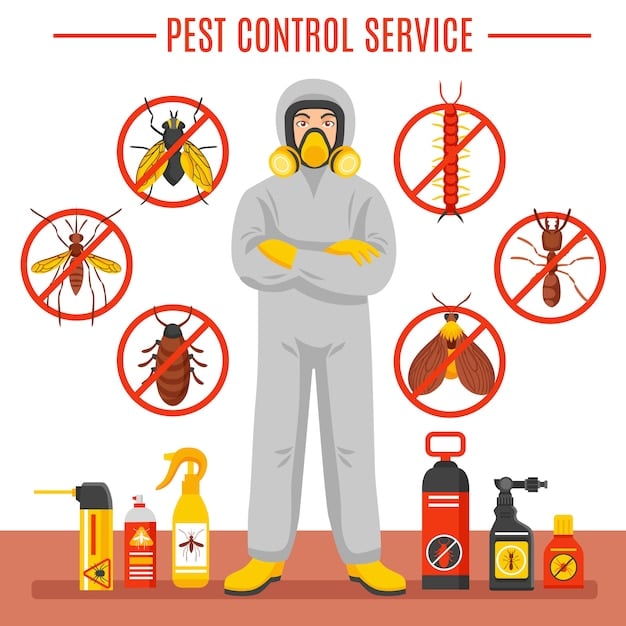
Types of Pests
There are various types of pests that can invade your home or property and cause nuisance and damage. It’s important to understand the different types of pests so that you can identify them and take appropriate measures to control and prevent infestations.
Insect Pests
Insects are perhaps the most common pests that people encounter. They can be found in various forms, including ants, termites, cockroaches, bedbugs, mosquitoes, flies, and bees. These pests can not only be a nuisance, but they can also pose health risks and cause property damage.
Rodent Pests
Rodents, such as rats and mice, are notorious for causing havoc in homes and buildings. They can chew through wires, cause structural damage, contaminate food, and spread diseases. Rodents are highly adaptable and can breed rapidly, making it crucial to address an infestation as soon as it is detected.
Bird Pests
While birds may be a pleasant sight in nature, they can become pests when they invade urban areas. Common bird pests include pigeons, sparrows, and seagulls. Their droppings can cause damage to buildings and vehicles, and they can also carry diseases. Bird control measures are often necessary to prevent infestations and mitigate the risks associated with them.
Wildlife Pests
Wildlife pests encompass a wide range of animals, including raccoons, squirrels, bats, and skunks. These creatures can enter residential or commercial properties in search of food and shelter. Wildlife pests can cause property damage, spread diseases, and pose risks to both humans and pets. Proper wildlife management strategies can help prevent conflicts and ensure the safety of your property.
Weed Pests
Weeds, although not typically thought of as pests, can become a significant problem in gardens, yards, and agricultural fields. Weeds compete with desirable plants for nutrients, water, and sunlight, leading to reduced crop yields and garden aesthetics. Proper weed control methods are crucial to maintaining healthy landscapes and maximizing agricultural productivity.
Signs of Pest Infestation
Detecting a pest infestation early is essential for effective control and prevention. Keep an eye out for the following signs that may indicate the presence of pests in your surroundings.
Visible Damage
One of the most apparent signs of a pest infestation is visible damage to your property. Look for chewed wires, gnawed wood, holes in walls or furniture, damaged fabrics, and shredded paper or cardboard. In gardens, visible damage can include chewed leaves, distorted plant growth, and missing fruits or vegetables.
Droppings or Tracks
Pests often leave behind droppings or tracks, providing clues to their presence. Insect droppings can range from tiny black specks to larger pellets, while rodent droppings are typically small, dark, and rod-shaped. Tracks can also be a useful indicator, with rodents leaving footprints and insects leaving trails in the form of chew marks or excretions.
Nesting or Burrowing
Many pests construct nests or burrows as shelter. Look for signs of nesting materials, such as shredded paper, fabric, or twigs. Rodents may build nests in hidden areas, while birds and wildlife pests might create visible nests in trees, attics, or garages. Burrowing pests may leave holes or tunnels in the ground.
Strange Noises or Smells
Unusual sounds or smells can suggest a pest infestation. Rats and mice may scurry, scratch, or squeak, especially at night. Birds can create noise with their chirping or fluttering wings. Certain pests, like termites, emit a distinct odor resembling mold or mildew, while others, such as bedbugs, release a sweet, musty smell.
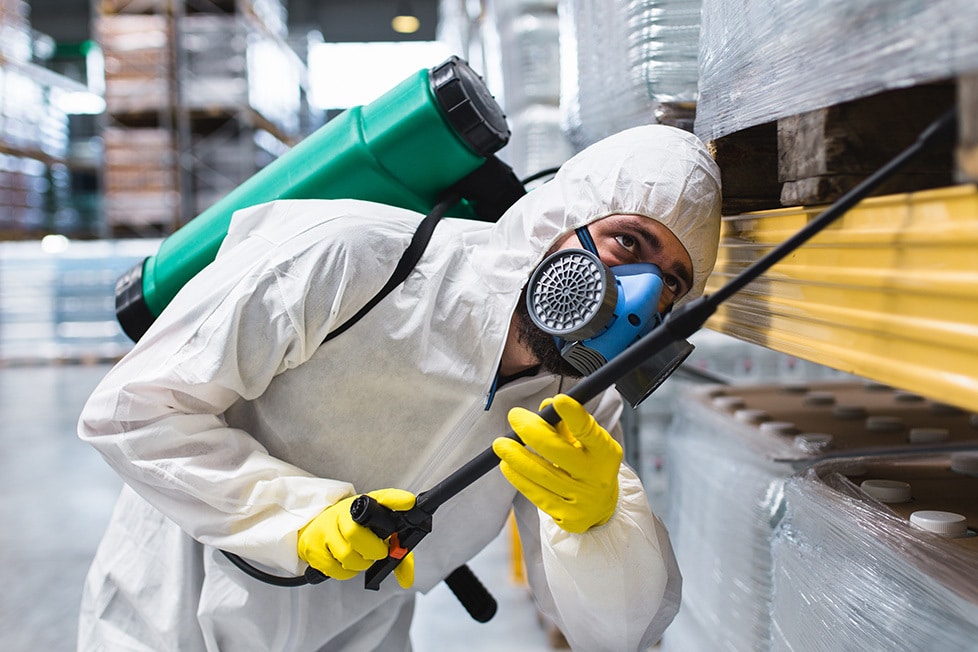
Dangers of Pests
Pests can pose various dangers to both your health and property. Understanding these risks is essential in prioritizing pest control and taking appropriate measures to protect yourself and your surroundings.
Health Risks
Many pests are carriers of diseases and can transmit them to humans or pets. For example, mosquitoes are notorious for spreading diseases like malaria, dengue fever, and the Zika virus. Rodents can contaminate food and water with their droppings, potentially leading to illnesses such as salmonellosis and hantavirus. Some pests can also cause allergies or trigger asthma attacks in susceptible individuals.
Property Damage
Pests can inflict significant damage to your property. Termites, for instance, feed on wood and can weaken structures if left unchecked. Rats and mice gnaw on wires, leading to potential fire hazards, and they can also damage insulation, furniture, and stored items. Birds can create nests in chimneys or vents, blocking airflow and posing a fire risk.
Contamination of Food and Water
Pests can contaminate food and water supplies, rendering them unsafe for consumption. Flies, for example, can carry disease-causing bacteria and spread it to surfaces and food. Rodents can chew through food packaging, leaving it vulnerable to contamination. It is crucial to keep food storage areas clean and tightly sealed to prevent pest-related contamination.
Crop Destruction
In agricultural settings, pests can wreak havoc on crops, resulting in reduced yields and financial losses for farmers. Insects, such as aphids, caterpillars, and beetles, can devour crops and transmit plant diseases. Weeds can also compete with crops for resources, leading to stunted growth and decreased productivity. Effective pest management practices are necessary to protect agricultural interests.
Preventive Measures
Taking preventive measures is key in minimizing the risk of pest infestations and the associated problems they bring. By implementing these strategies, you can create an environment that is less attractive and accessible to pests.
Regular Cleaning and Sanitation
Maintaining cleanliness and proper sanitation is essential in deterring pests. Regularly clean your living and working spaces, ensuring that food debris, crumbs, and spills are promptly removed. Pay particular attention to kitchen areas, as these are prime locations for attracting pests. Keep garbage cans tightly sealed and dispose of waste regularly.
Sealing Entry Points
Pests can find their way into your property through small cracks, gaps, or openings. Inspect your home or building for potential entry points and seal them off. Use caulk to seal cracks around windows and doors, install door sweeps to prevent pest entry, and repair any damaged screens. This will help create a barrier that pests cannot easily penetrate.
Proper Waste Management
Effective waste management practices play a crucial role in pest prevention. Store garbage in sealed bins and dispose of it regularly, preferably in pest-resistant containers. Avoid leaving organic waste exposed, as it can attract insects and rodents. Composting should be done in designated, sealed containers away from the main property to minimize pest activity.
Maintaining Proper Drainage
Pests are attracted to moisture-rich environments, so it is essential to maintain proper drainage around your property. Ensure that gutters and downspouts are clear from debris and direct water away from the foundation. Fix any leaking pipes or faucets promptly, as moisture can create ideal conditions for pests, particularly termites and mosquitoes.
Trimming Vegetation
Overgrown vegetation near your property can provide shelter and nesting opportunities for pests. Regularly trim trees, shrubs, and bushes to maintain a safe distance from your home or building. Remove any dead or decaying plant matter, as it can attract insects and promote pest infestations. This will help eliminate potential hiding spots and discourage pests from congregating near your property.
Securing Food and Water Sources
Pests are drawn to readily available food and water sources. Properly store food in airtight containers and promptly clean up spills or crumbs. Keep pet food and water bowls clean and empty them overnight. Fix any plumbing leaks promptly to prevent excess moisture accumulation. These measures will make your property less appealing to pests and help reduce the likelihood of infestations.
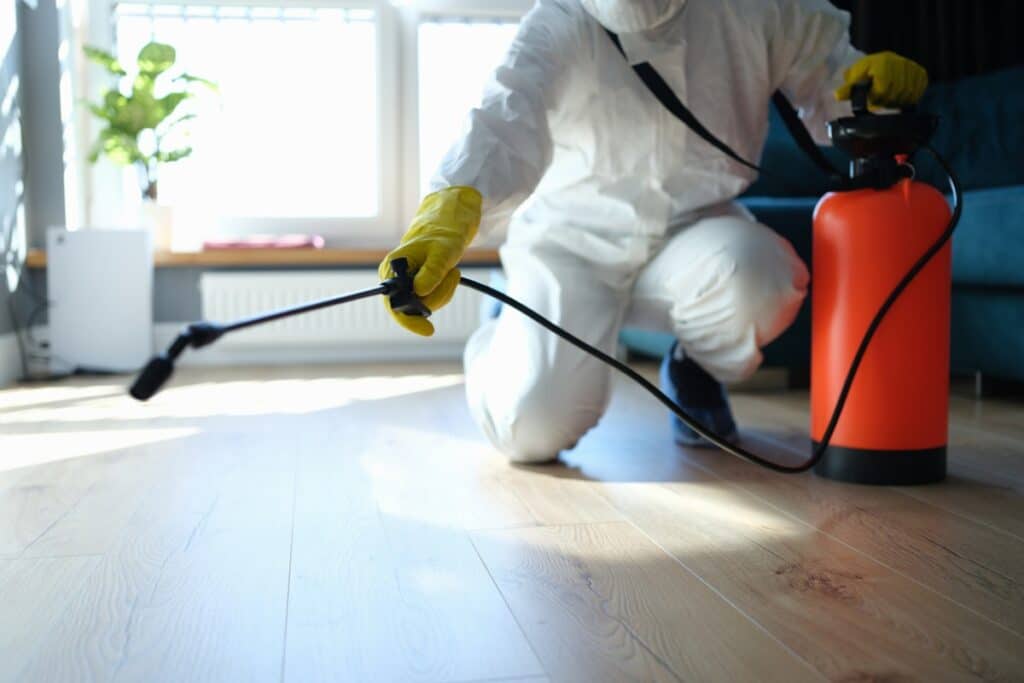
Chemical Pest Control
Chemical pest control involves the use of various chemical compounds to eliminate or control pests. While these methods can be highly effective, they should be used with caution, following the instructions provided by the manufacturer.
Insecticides
Insecticides are chemicals designed to kill or repel insects. They are available in various forms, including sprays, dusts, and baits. Insecticides can be used indoors and outdoors, targeting specific insects or a wide range of pests. It is important to choose the appropriate insecticide for the target pest and apply it according to the instructions to ensure effective control.
Rodenticides
Rodenticides are chemicals formulated to control rodents. They are typically available as baits or pellets containing lethal substances that rodents consume. It is crucial to handle and place rodenticides with caution to prevent accidental ingestion by non-target animals or humans. Follow the instructions carefully and consider alternative, non-chemical methods if possible.
Avicides
Avicides are chemicals specifically designed to repel or exterminate nuisance birds. These products are used to protect agricultural crops, buildings, and other structures from bird damage. Avicides work by affecting the nervous system or irritating the birds’ respiratory system. Their use often requires specialized training and should be carried out in compliance with local regulations.
Herbicides
Herbicides, also known as weed killers, are chemicals used to control unwanted vegetation. They can effectively eliminate weeds and invasive plants that compete with desirable plants in gardens, lawns, and agricultural fields. Herbicides can be broadly classified into selective and non-selective types, depending on their action on specific plants or all vegetation. It is crucial to carefully choose and apply herbicides to avoid harming desired plants or the environment.
Fungicides
Fungicides are chemicals used to control fungal infections on plants. They are commonly used in agriculture to prevent or treat diseases caused by fungi. Fungicides can be applied as sprays or dusts and are formulated to inhibit fungal growth or kill existing fungi. When using fungicides, it is important to follow the manufacturer’s instructions and consider alternative, non-chemical approaches if feasible.
Natural Pest Control
Natural pest control methods offer alternatives to chemical-based approaches, focusing on environmentally friendly techniques to manage pests effectively.
Biological Control
Biological control involves using natural enemies of pests, such as predators, parasites, or pathogens, to regulate pest populations. For example, ladybugs can be introduced to control aphids, and certain nematodes can be used to target soil-dwelling pests. Biological control methods aim to restore natural balances and reduce reliance on chemical pesticides.
Mechanical Control
Mechanical control methods rely on physical means to manage pests. Examples include the use of traps, barriers, screens, or nets to prevent pests from accessing desired areas. Physical removal, such as handpicking insects or removing weeds manually, is also a form of mechanical control. These methods can be highly effective for specific pests and are generally safe for the environment.
Cultural Control
Cultural control involves modifying cultural practices to reduce pest problems. This includes practices such as crop rotation, proper irrigation management, and selection of pest-resistant plant varieties. By creating unfavorable conditions for pests and promoting plant health, cultural control methods can help prevent infestations and reduce the need for chemical interventions.
Physical Control
Physical control methods focus on using heat, cold, or other physical means to eliminate or control pests. For example, heat treatment can be used to kill bedbugs, while freezing can be effective against stored product pests. Physical control methods are often specific to certain pests and can be combined with other management techniques for optimal results.
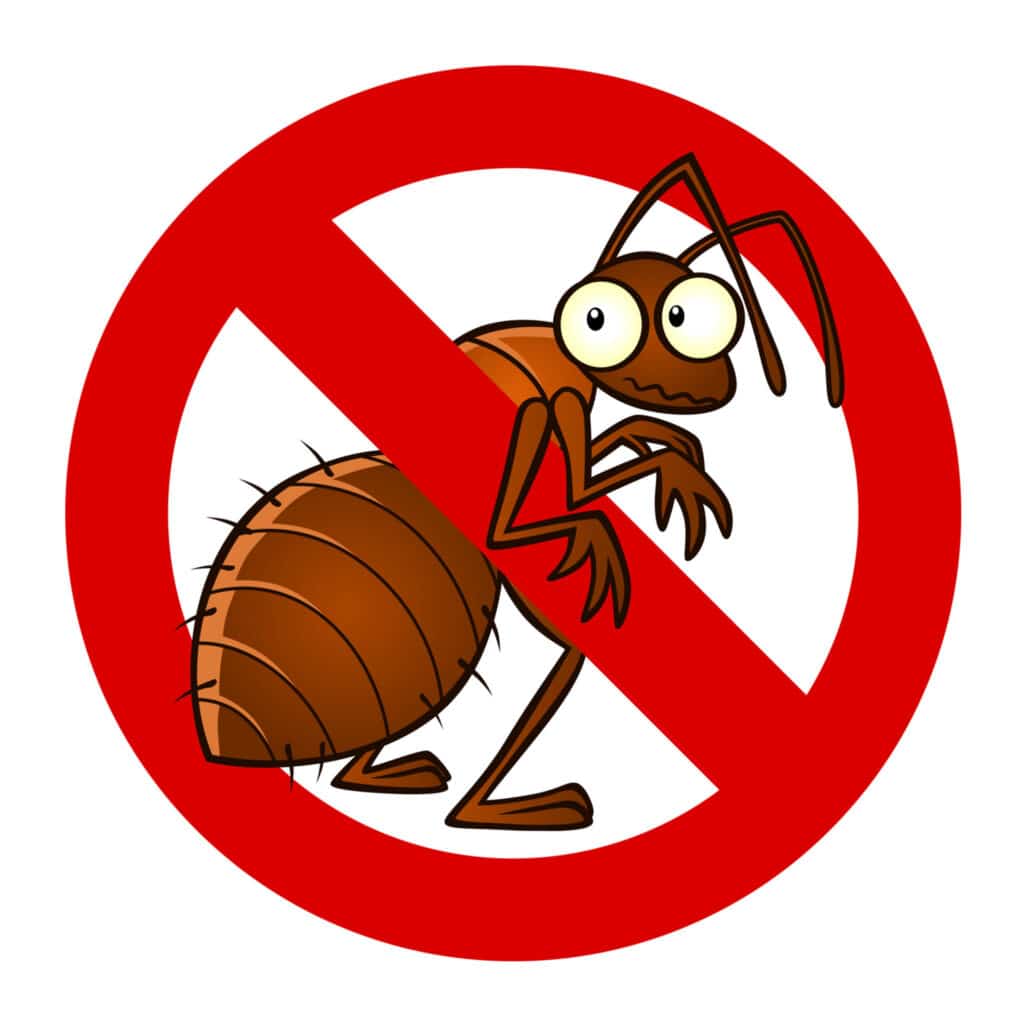
Integrated Pest Management
Integrated Pest Management (IPM) is an approach that combines different pest control methods to achieve long-term, effective pest management. It emphasizes a holistic, systematic, and environmentally conscious approach to pest control.
Assessment
The first step in IPM is conducting a thorough assessment of the pest problem. This involves identifying the pest species, determining the extent of the infestation, and understanding the factors contributing to the problem. By gathering this information, appropriate control strategies can be selected.
Prevention
Prevention is a key pillar of IPM. By implementing preventive measures, such as good sanitation practices, sealing entry points, and maintaining proper drainage, the likelihood of infestations can be significantly reduced. Preventive measures aim to make the environment less conducive to pests, thereby minimizing the need for reactive pest control measures.
Monitoring
Regular monitoring is crucial in IPM to detect the presence of pests and assess their population levels. This involves inspecting the property, using traps or monitoring devices, and tracking pest activity over time. Monitoring allows for early detection, enabling the implementation of control measures before the infestation becomes severe.
Control
Control methods in IPM focus on a combination of biological, mechanical, cultural, and chemical measures. The selection and implementation of control strategies depend on the pest species, the severity of the infestation, and other site-specific factors. IPM aims to maximize control efficacy while minimizing the use of chemical pesticides.
Evaluation
Evaluation is an ongoing process in IPM. By assessing the effectiveness of pest control measures, adjustments can be made, and future infestations can be prevented. Regular evaluation allows for continuous improvement in pest management strategies and ensures that the chosen methods are reducing the impact of pests effectively.
Professional Pest Control Services
In certain situations, the expertise of professional pest control services may be required to address severe or persistent pest problems. These professionals have the knowledge, experience, and tools to assess, manage, and prevent various types of pest infestations.
Residential Pest Control
Residential pest control services focus on eliminating and preventing pests from infesting homes and residential properties. They can address common household pests, such as ants, cockroaches, bedbugs, rodents, and termites. Residential pest control professionals can provide customized treatment plans based on the specific needs and preferences of homeowners.
Commercial Pest Control
Commercial pest control services cater to businesses and commercial establishments, such as restaurants, hotels, offices, and retail stores. These professionals are well-versed in addressing the unique pest challenges faced by commercial properties, which may include food safety regulations, customer sensitivities, and the need for discreet pest control measures.
Industrial Pest Control
Industrial pest control services specialize in managing pests in industrial or manufacturing facilities. These sites often have unique pest control requirements due to the nature of their operations, the presence of potentially hazardous materials, and the need for adherence to strict health and safety standards. Industrial pest control professionals can develop tailored pest management plans to address these complex needs.
Agricultural Pest Control
Agricultural pest control services are essential for farmers and agricultural operations. These professionals understand the specific pests that affect crops, livestock, and agricultural structures. Agriculture pest control measures aim to protect crops and livestock from pests, maximize productivity, and ensure compliance with regulations governing pesticide use in food production.
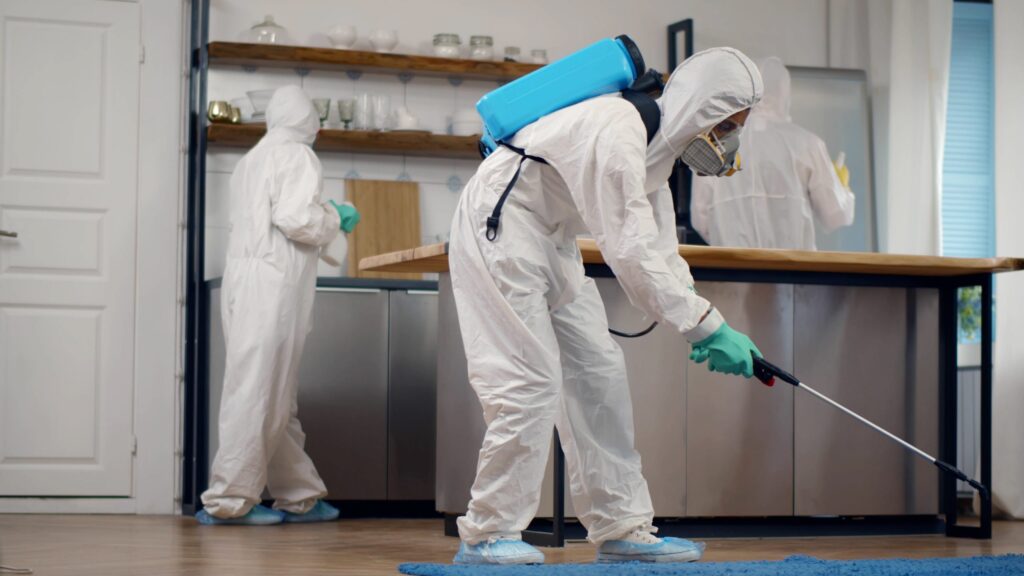
DIY Pest Control
For minor pest issues or for those who prefer a more hands-on approach, do-it-yourself (DIY) pest control methods can be effective. However, it is important to take the necessary precautions and seek professional assistance if the infestation persists or if there is any uncertainty.
Identifying the Pest
Before implementing any control measures, it is crucial to correctly identify the pest species. This identification will determine the most appropriate control methods to use, ensuring effective pest management.
Researching Pest Control Methods
Researching and understanding various pest control methods is essential to select the right approach for your situation. Consider the advantages and limitations of different options, and choose methods that are safe, effective, and suitable for your specific pest problem.
Using the Right Products and Equipment
When using DIY pest control products, always follow the label instructions carefully. Use the recommended personal protective equipment (PPE) and adhere to any safety warnings. Using the wrong product or equipment can be ineffective or even harmful.
Following Safety Precautions
Safety should always be a priority in DIY pest control. Take precautions to protect yourself, others, and the environment. Keep children and pets away from treated areas, and properly handle, store, and dispose of pest control products according to guidelines.
The Future of Pest Control
The field of pest control is constantly evolving, driven by advancements in technology, growing environmental awareness, and the need for global collaboration. Several trends and developments are shaping the future of pest control.
Advancements in Technology
Technology continues to play a significant role in pest control. Innovations such as smart traps, remote monitoring systems, and automated pest control devices offer more efficient and precise ways to detect, monitor, and control pests. Drones and robotics are also being utilized for pest surveillance and targeted treatment, enhancing pest management capabilities.
Environmentally Friendly Solutions
With increasing concerns about the impact of chemical pesticides on the environment and biodiversity, there is a growing focus on developing and utilizing environmentally friendly pest control solutions. Integrated Pest Management (IPM) approaches, biological control agents, and organic pest control methods are gaining popularity as sustainable alternatives.
Education and Awareness
Education and awareness campaigns play a crucial role in promoting responsible pest control practices. By educating the public about pest identification, prevention methods, and the potential risks associated with pests, individuals can adopt proactive measures and make informed decisions to protect their homes, businesses, and the environment.
Global Collaboration
As pests can easily cross borders and cause significant economic and ecological damage, global collaboration is becoming increasingly important. Cooperation between countries, researchers, pest control professionals, and regulatory bodies allows for the sharing of knowledge, best practices, and the development of international pest management strategies.
Pests can be a significant nuisance and pose risks to both your health and property. Understanding the different types of pests, the signs of infestation, and the potential dangers they present is crucial for effective pest control and prevention. By implementing preventive measures, considering various pest control methods, and seeking professional assistance when needed, you can safeguard your surroundings and create a pest-free environment. As advancements continue to shape the field of pest control, embracing environmentally friendly solutions, promoting education and awareness, and fostering global collaboration will pave the way for a more sustainable and effective approach to pest management.
